Efektivitas Penggunaan Media Digital Google Form dalam Evaluasi Belajar Siswa
DOI:
https://doi.org/10.46963/mpgmi.v10i2.1819Keywords:
Digital, Learning Evaluation, Google FormAbstract
In this digital era, the student evaluation process can be carried out anywhere and at any time, this makes teachers think creatively about using information and communication technology in student evaluation activities. One method used by teachers in the student evaluation process is by using the Google Form application. This research is about "Effectiveness of Using Digital Media in Evaluation of Student Learning at MIS Nurul Falah, West Aceh Regency". The aim of this research is to determine the effectiveness of using Google Form digital media in evaluating student learning at MIS Nurul Falah, West Aceh Regency. This research uses a quantitative approach and the type of research used is descriptive research. Data collection techniques in this research are observation, questionnaires, interviews and documentation. The results of this research can be concluded that the use of Google Form digital media in evaluating student learning at MIS Nurul Falah, West Aceh Regency is considered very effective with a percentage of 84.8%. Therefore, Google Form evaluation media can be an evaluation media option that is considered effective, practical and efficient when it is used in learning.
Downloads
References
Ahmadi, R. (2013). Profesi Keguruan: Konsep dan Strategi Mengenbangkan Profesi Dan Karier Guru. Sleman: Ar-ruzz Media.
Arikunto, S. (2014). Dasar-Dasar Penelitian. Bandung: Tarsoto.
Assalaamy, S., Aziz, H., & Khambali, K. (2021). Efektivitas Penggunaan Media Google Form sebagai Evaluasi Pembelajaran terhadap Peningkatan Hasil Belajar Tema Membayar Zakat di SDN 173 Neglasari Bandung. Jurnal Prosiding Pendidikan Agama Islam, 37-44. http://dx.doi.org/10.29313/.v7i1.26152
Efendi, Z., Nasir, N., & Akram, A. (2022). Efektivitas Penggunaan Aplikasi Quizlet Terhadap Penilaian Hasil Belajar Siswa Pada Pelajaran IPA materi Zat dan Perubahannya Siswa Kelas VII.2 di SMP Negeri 18 Makassar Tahun Ajaran 2022/2023. JPdP: Jurnal Pendidikan dan Pembelajaran, 81-94. https://doi.org/10.62388/jpdp.v2i2.157
Hamalik. (2013). Media Pendidikan . Bandung: Citra Aditya Bakti .
Indriani , N. (2022). Efektivitas Penggunaan Aplikasi Kahoot pada Proses Evaluasi Pembelajaran Siswa Kelas IV SD MI NU Ngingas Kabupaten Sidoarjo. Jurnal Teknologi Pendidikan: Jurnal Penelitian dan Pengembangan Pembelajaran, 81-87. https://doi.org/10.33394/jtp.v7i1.5135
Kurniasih, E. (2019). Media digital pada anak usia dini. Jurnal Kreatif: Jurnal Kependidikan Dasar, 87-91. https://doi.org/10.15294/kreatif.v9i2.25401
L, I. (2019). Evaluasi dalam Proses Pembelajaran . Adaara: Jurnal Manajemen Pendidikan Islam , 920-935. https://doi.org/10.35673/ajmpi.v9i2.427
Lina, L., Suryana, D., & Nurhafizah, N. (2019). Penerapan Model Evaluasi CIPP Dalam Mengevaluasi Program Layanan PAUD Holistil Integratif. Jurnal Obsesi: Jurnal Pendidikan Anak Usia Dini, 346-255. https://doi.org/10.31004/obsesi.v3i2.200
Marlina, B. (2021). Efektivitas Penggunaan Google Form Untuk Penilaian Pembelajaran Jarak Jauh. . Prosiding Seminar Nasional Pgri Provinsi Sumatera Selatan Dan Universitas Pgri Palembang (Pp. 140-143). Palembang: Universitas Pgri Palembang. https://jurnal.univpgri-palembang.ac.id/index.php/Prosidingpps/article/view/8284
Ngafifah , S. (2020). Penggunaan google form dalam meningkatkan efektivitas evaluasi pembelajaran daring siswa pada masa covid19 di sd it baitul muslim way jepara. As-Salam: Jurnal Studi Hukum Islam & Pendidikan, 123-144. https://doi.org/10.51226/assalam.v9i2.186
Purnomo, B. H. (2011). Metode dan teknik pengumpulan data dalam penelitian tindakan kelas (classroomaction research). Jurnal Pengembangan Pendidikan, 210-251. https://jurnal.unej.ac.id/index.php/JP2/article/view/859
Rahmanda, S. (2021). Evaluasi Pembelajaran Daring Era Pandemi Covid-19 pada Kelas 11 ASDN 3 Negara Ratu Natar Lampung Selatan. Lampung: UIN Raden Intan Lampung.
Rebiere, O., & Rebiere, C. (2019). Use Google Forms for Evaluation: Google Forms and Quizzes as Effective Educational Tools. Poland: Rebiere.
Sahlani, L., & Agung, B. (2020). Sahlani, Lalan, and Budi Agung. "Asesmen Pembelajaran Berbasis Google Form Pada Mata Pelajaran Sejaran Kebudayaan Islam di MAN 2 Bandung." Jurnal Al-Ibanah 5 (2020). Jurnal Al-Ibanah, 123-149. https://journal.iaipibandung.ac.id/index.php/ibanah/article/view/20
Samsiadi, S., & Humaidi, M. N. (2022). Efektivitas Google Form Sebagai Media Penilaian dan Evaluasi Pembelajaran PAI di SMK Negeri 1 Berau Kaltim. Research and Development Journal Of Education, 666-673. http://dx.doi.org/10.30998/rdje.v8i2.13634
Sudjono, A. (2003). Pengantar Evaluasi Pendidikan. Jakarta: Raja Grafindo Persada.
Sugiyono. (2011). Metode Penelitian Kuantitatif, Kualitatif dan R & D. Bandung: Alfabeta.
Sukardi. (2011). Metodologi Penelitian Pendidikan Kompetensi dan Praktiknya. Yogyakarta: Bumi Aksara.
Terry, F., & Smith , R. (2008). New Media: An Introduction (3rd Edition). South Melbroune: Oxford University Press.
Downloads
Published
Issue
Section
License
Copyright (c) 2024 Fitriani Fitriani, Hanifuddin Jamin, Abidah Abidah

This work is licensed under a Creative Commons Attribution-ShareAlike 4.0 International License.
Authors who publish with this journal agree to the following terms:
1. Copyright on any article is retained by the author(s).
2. The author grants the journal, right of first publication with the work simultaneously licensed under a Creative Commons Attribution shareAlike 4.0 International License that allows others to share the work with an acknowledgment of the work’s authorship and initial publication in this journal.
3. Authors are able to enter into separate, additional contractual arrangements for the non-exclusive distribution of the journal’s published version of the work (e.g., post it to an institutional repository or publish it in a book), with an acknowledgment of its initial publication in this journal.
4. Authors are permitted and encouraged to post their work online (e.g., in institutional repositories or on their website) prior to and during the submission process, as it can lead to productive exchanges, as well as earlier and greater citation of published work.
5. The article and any associated published material is distributed under the Creative Commons Attribution-ShareAlike 4.0 International License

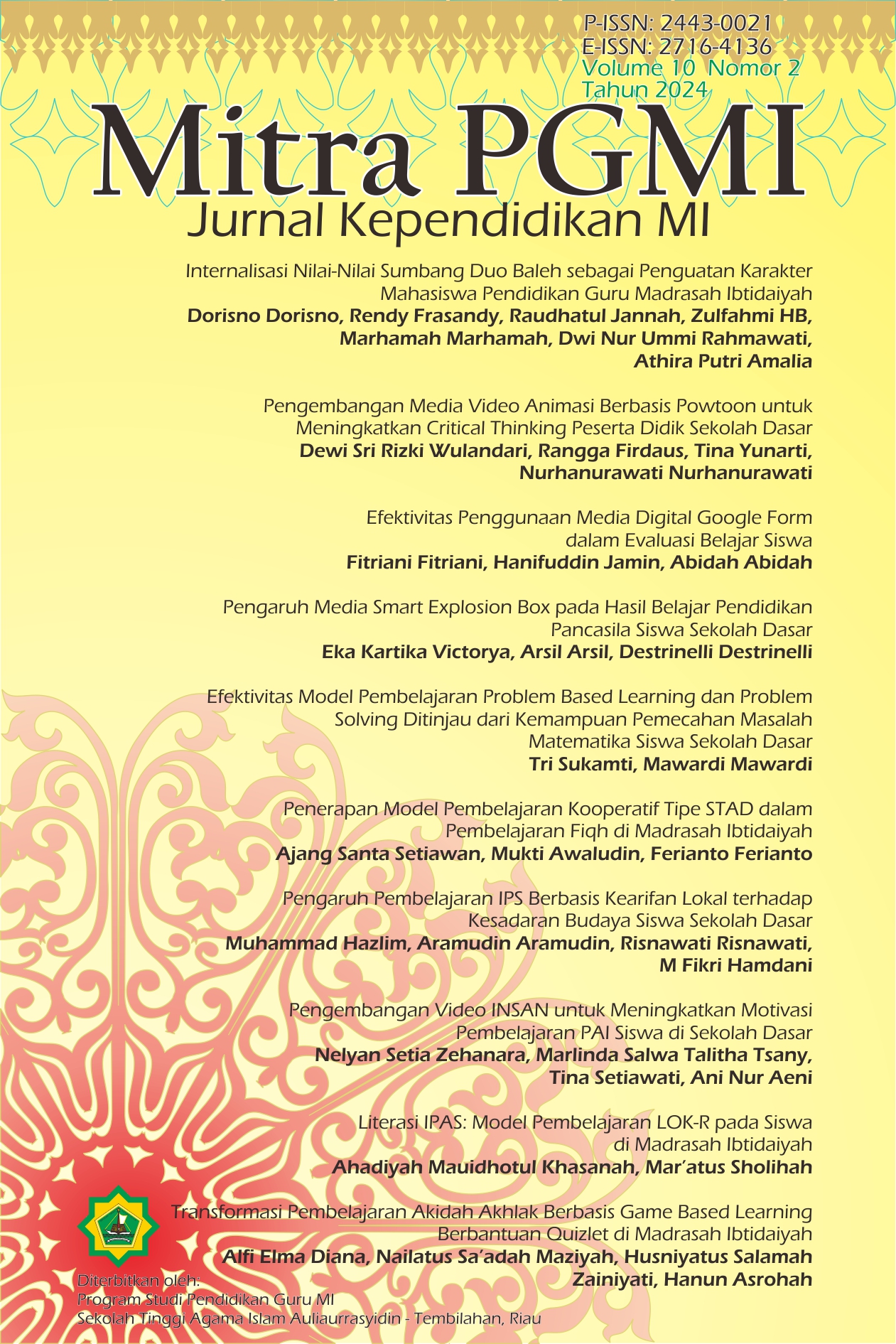
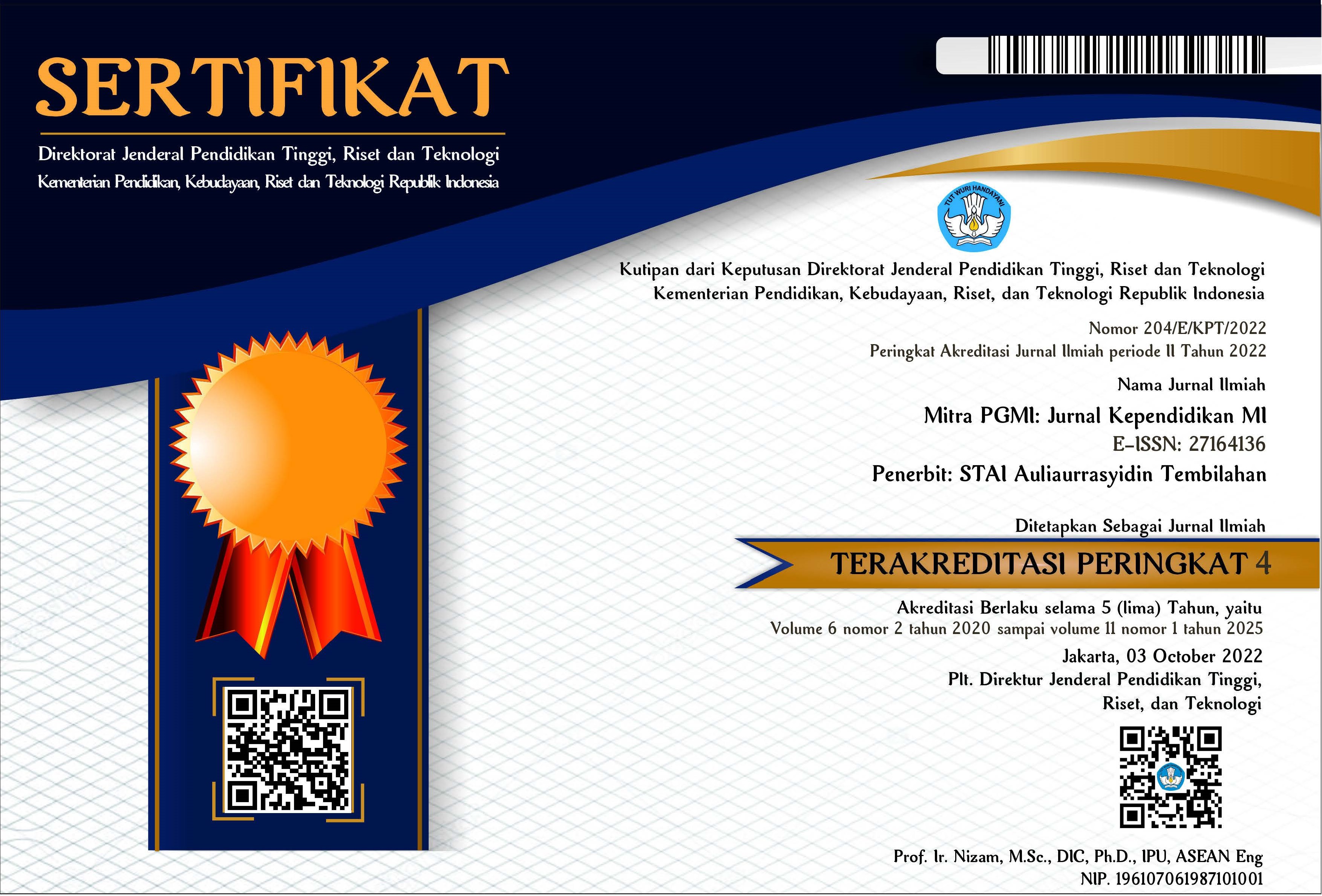
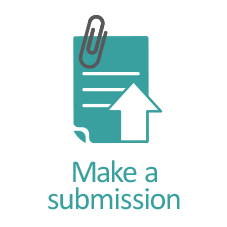
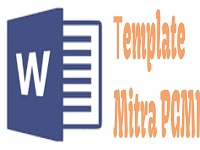

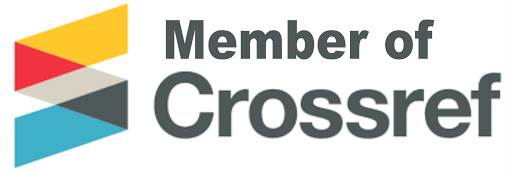

2.png)


